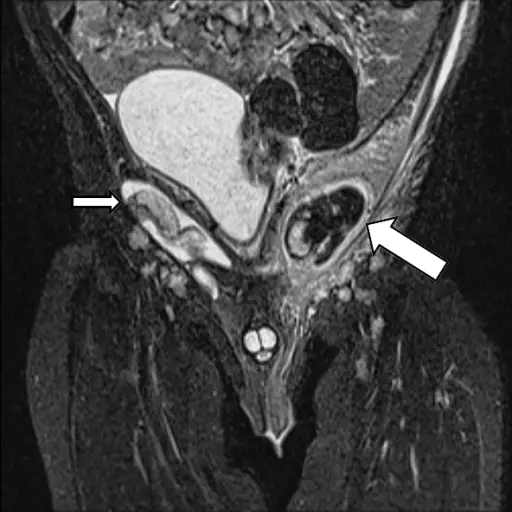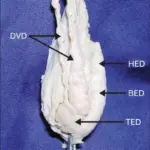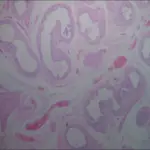Cryptorchidism is an anomaly with undescended testes.
What is the Pathology of Cryptorchidism?
The pathology of cryptorchidism:
-Etiology: The cause of cryptorchidism is multifactorial, premature birth, familiar history, endocrine-disrupting chemical exposure, abnormalities in the gubernaculum.
-Genes involved: Unknown.
-Pathogenesis: The sequence of events that lead to cryptorchidism. Descending process incomplete, in the situation of true undescended testis, trails to an anomalous position in ectopic testis, androgen insensitivity disorder/hormonal causes in bilateral cryptorchidism.
-Morphology: The morphology associated with cryptorchidism shows it is unilateral in most cases, bilateral in 25% of patients.
-Histology: The histology associated with testicular atrophy shows marked hyalinization and thickening of the basement membrane of the spermatic tubules.
How does Cryptorchidism Present?
Patients with cryptorchidism typically affect male infants present at an age range of 2 years and below. The symptoms, features, and clinical findings associated with cryptorchidism include no palpable testis/empty scrotum on examination. Palpable testes may be undescended, retractile, or ectopic.
How is Cryptorchidism Diagnosed?
Cryptorchidism is diagnosed through physical examination and imaging studies.
How is Cryptorchidism Treated?
Cryptorchidism is treated through hormonal therapy, and orchidopexy.
What is the Prognosis of Cryptorchidism?
The prognosis of cryptorchidism is good following treatment.



